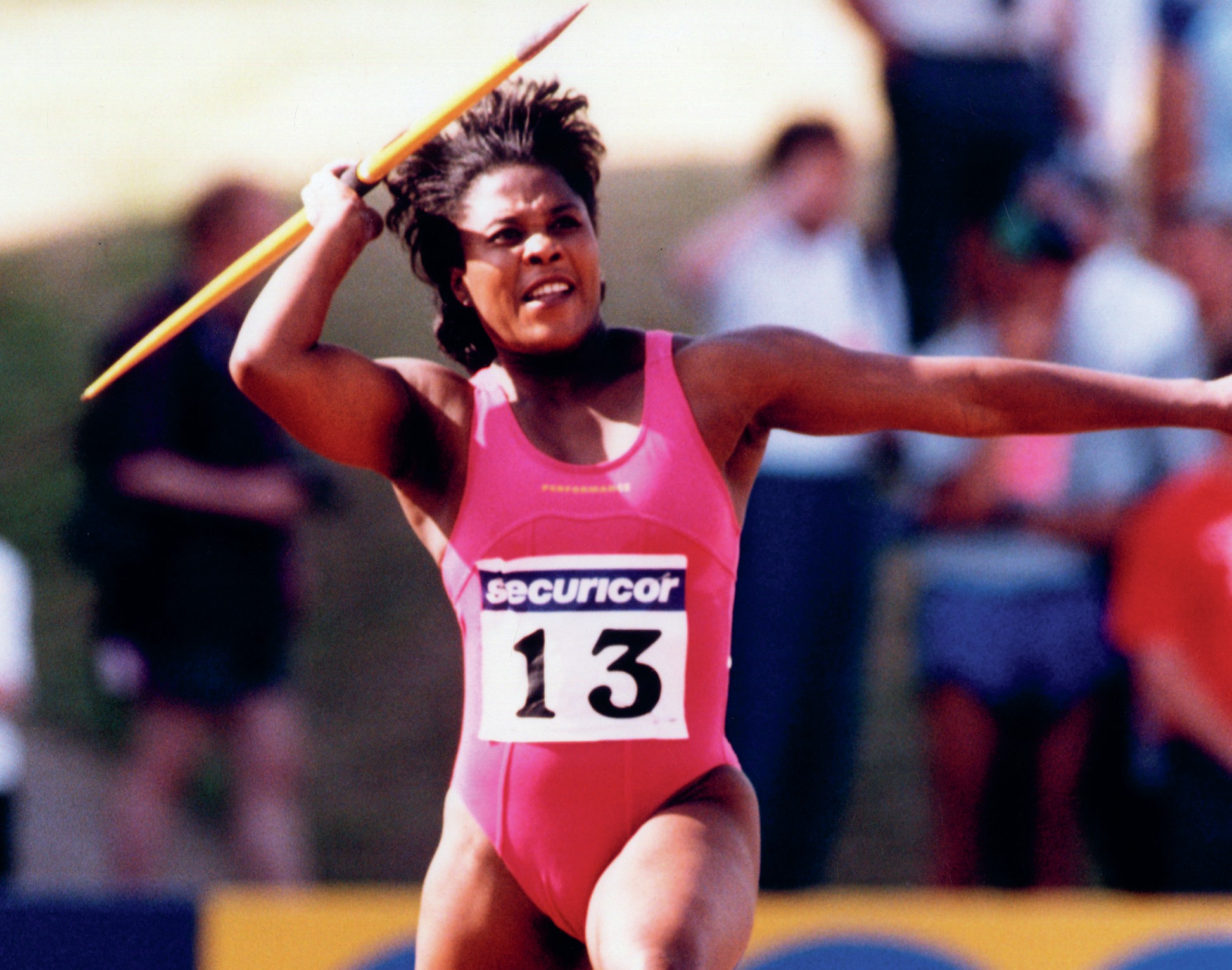Acombination of factors re-shaped gender roles and relations during the watershed decade of the 1960s (see PE REVIEW, Vol. 17, No. 3, pp. 12–15 and 24–26). In terms of high accomplishment, women in contemporary times are now engaged on professional contracts relating to major sports such as rugby, football and cricket, considered up to the watershed epoch to be ‘appropriate only for men’.
Such examples are a testament to the extent that women have caught up with men in terms of status, prowess and endeavour in high-level sport during a relatively short 50-year period. The sportswomen of postwar Britain would no doubt find these outcomes remarkable. The present status has not been achieved without a considerable struggle, starting with the feminist movements of the 1960s, which ‘raised awareness about the subordinate position of women in all areas of life and in so doing stimulated growth in sports’ (Hargreaves 1996).
Your organisation does not have access to this article.
Sign up today to give your students the edge they need to achieve their best grades with subject expertise
Subscribe





